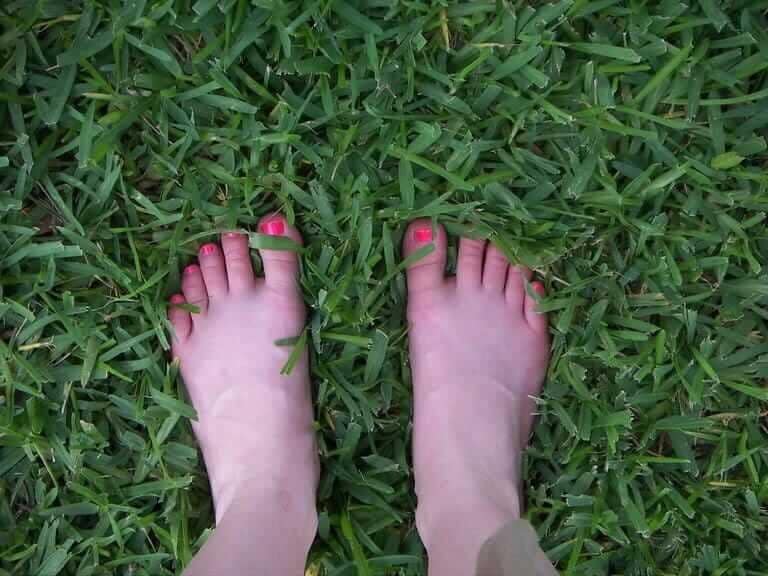Improving winter survival of interspecific hybrid bermudagrass -new research
Hey there, fellow lawn care enthusiasts! If you're managing bermudagrass in your clients' yards or commercial properties, listen up. A team of researchers from six states have come up with some simple tips to improve winter survival and help keep your bermudagrass looking greener for longer and protect it from cold weather damage. This article is a summary and simplication of the findings. You can read the whole research article here.
First things first, let's talk about where this study applies. The researchers focused on what's called the "transition zone," which is a strip of land that runs from the East Coast states of Maryland and Virginia, through Arkansas, Missouri, and Oklahoma, all the way to California on the West Coast. In this zone, the climate is a mix of cool and warm, which means you can grow both cool-season and warm-season turfgrasses. But here's the catch: they all struggle a bit in this region.
Now, the study specifically looked at the Mid-Atlantic part of the transition zone, but the findings are useful for anyone growing bermudagrass anywhere in this zone. The researchers were looking for ways to prevent "winterkill," which is basically damage to your grass from cold weather.
Improving Winter Survial Key Points
So, what did they find? Three key things you can do to help your bermudagrass survive the winter better:
Raise that mowing height
Don't be afraid to fertilize with nitrogen in the fall
Keep the soil moist if a short freeze is coming
Let's dive into each of these a bit more.
Mowing height:
The researchers found that mowing a bit higher in the fall didn't have a huge impact on preventing winter damage. But, it did help keep weeds from popping up in the dormant grass. Mowing at about 0.75 inches seemed to be the sweet spot in their study.
Now, they did note that mowing super low, like at 0.5 inches, let a lot more weeds germinate. And mowing too high, like at 1 inch, sometimes made the grass take a little longer to green up in the spring. So, 0.75 inches is a good target for fall mowing on lawns and commercial properties.
Fall fertilization:
Conventional wisdom used to say avoid putting nitrogen on your bermudagrass in the late summer and fall. The thinking was that you want the grass to focus on growing strong roots before winter, not pushing a bunch of leafy top-growth that could increase the risk of winter damage.
But, this study showed that applying slow-release nitrogen fertilizer through the middle of September didn't hurt the grass at all. In fact, in some cases, it actually improved the quality and color of the turf. And in no cases did it cause more winter damage.
So, don't be scared to give your bermudagrass a little nitrogen boost in the fall to keep it looking nice. Just use a slow-release type and stop by mid-September.
Soil moisture
This was the most important factor the researchers found for preventing winter damage, especially from those short cold snaps that can happen in spring.
The study showed a strong link between higher soil moisture levels and less damage to the grass from short freezes. The researchers think maybe the water in the soil kind of acts like a temporary buffer, protecting the roots from the cold.
Now, it's not an exact science. You can't just say "make sure the soil is 25% water before a freeze and you're good." There's going to be some variation based on your local conditions. The takeaway is just to make sure the soil isn't bone-dry if a quick freeze is in the forecast.
The researchers talk about "volumetric water content" in the soil. That's just a measurement of how much water is in a given amount of soil. Different soils can hold different amounts of water. The goal is to avoid drought-stressed grass going into a cold snap.
So, to sum it up:
In the fall, raise your bermudagrass mowing height a bit, to around 0.75 inches. This helps keep weeds out without slowing spring green-up too much.
Feel free to put down some slow-release nitrogen fertilizer in the fall, up until about mid-September. It won't hurt the grass and might even give you better fall color.
Keep an eye on soil moisture and don't let the grass get drought-stressed, especially if you know a short freeze is coming. Moist soil seems to protect the grass from cold damage.
By following these tips from the experts, you can help the bermudagrass in your clients' lawns and commercial properties survive the winter better, so it comes back greener and healthier in the spring. For all the nitty-gritty details, you can check out the full research article at https://acsess.onlinelibrary.wiley.com/doi/10.1002/cft2.20303.


